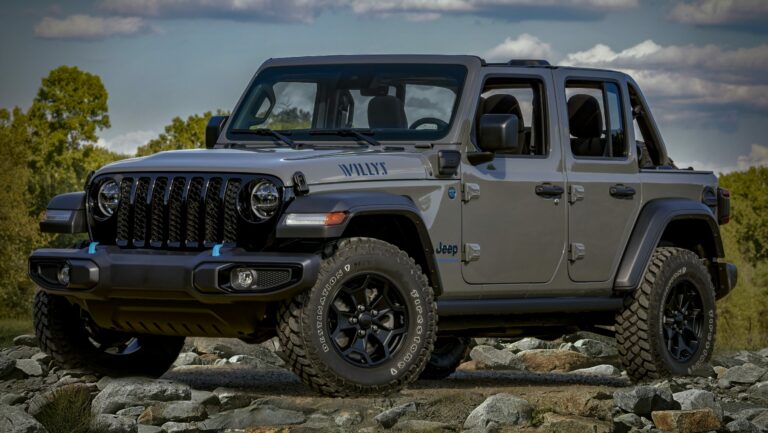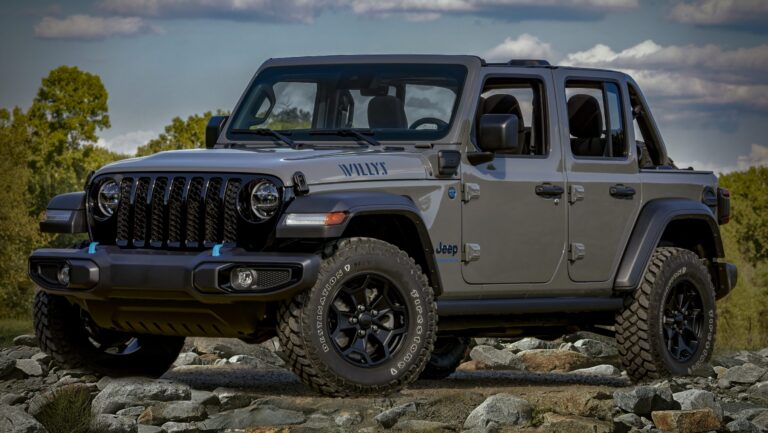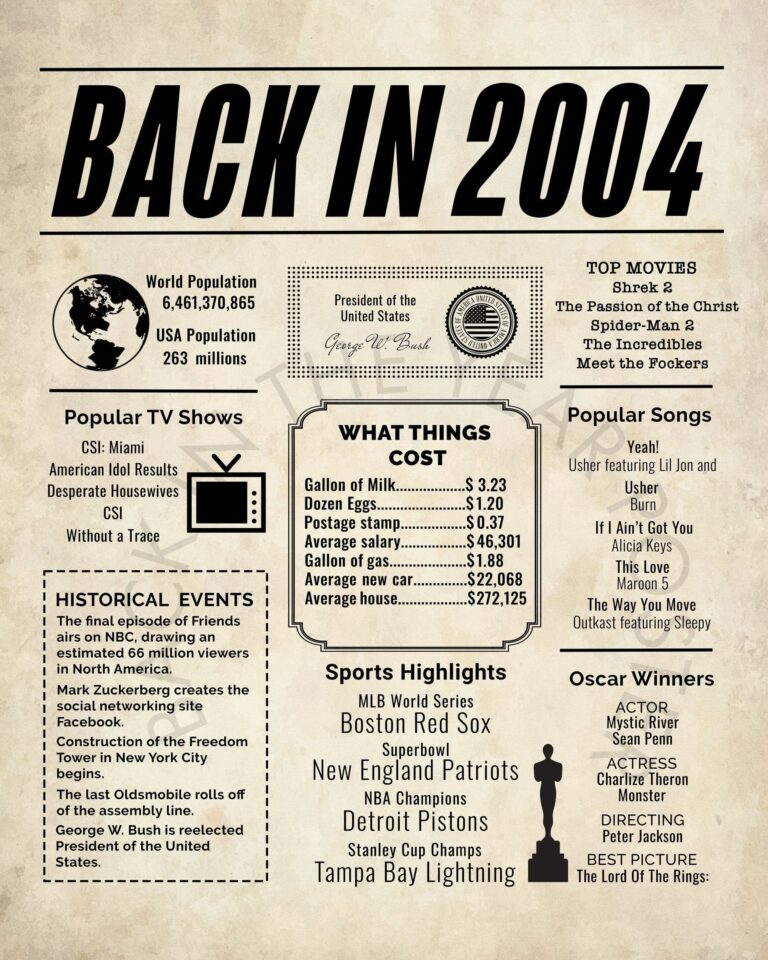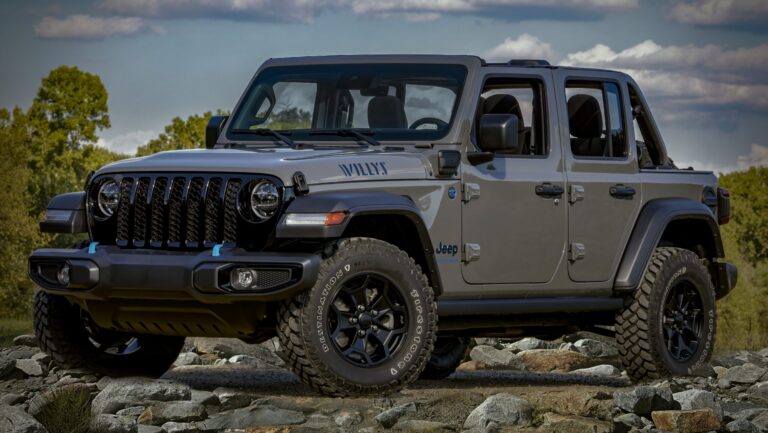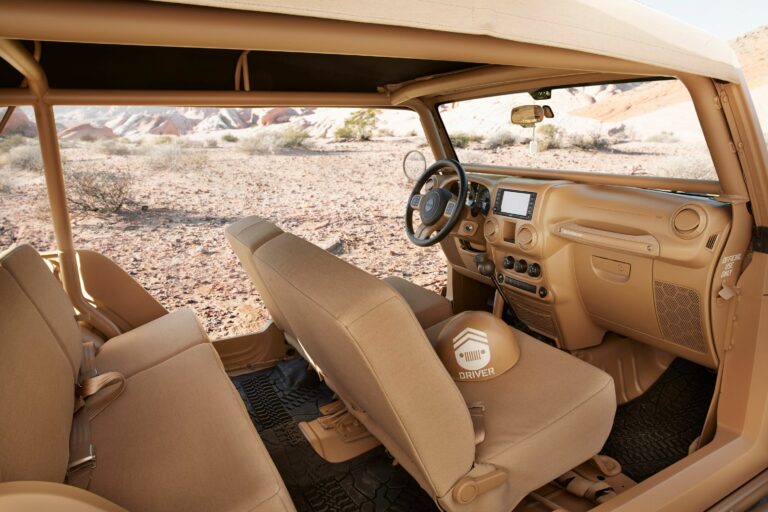USPS Jeep For Sale: Your Comprehensive Guide to Owning a Piece of Postal History
USPS Jeep For Sale: Your Comprehensive Guide to Owning a Piece of Postal History jeeps.truckstrend.com
For decades, a familiar sight on American roads was the ubiquitous right-hand drive Jeep, diligently serving as the workhorse of the United States Postal Service. These distinctive vehicles, primarily the Jeep DJ (Dispatcher Jeep) series, navigated countless mail routes, delivering everything from letters to packages. Today, these same vehicles, often referred to as "USPS Jeeps," are finding new life in the hands of enthusiasts, collectors, and those seeking a unique and functional piece of automotive history.
This comprehensive guide delves into everything you need to know about "USPS Jeep For Sale," exploring their unique appeal, the models to look for, essential buying tips, and what to expect when you bring one home. Whether you’re a seasoned mechanic, a vintage vehicle collector, or simply someone intrigued by their charming utility, understanding the nuances of these retired postal legends is key to a successful acquisition.
USPS Jeep For Sale: Your Comprehensive Guide to Owning a Piece of Postal History
The Enduring Legacy of the USPS Jeep: A Brief History
The story of the USPS Jeep began in the mid-20th century when the United States Post Office Department sought a durable, compact, and efficient vehicle for mail delivery. Jeeps, renowned for their ruggedness and utility, were a natural fit. While various vehicles served the postal fleet, the Jeep DJ (Dispatcher Jeep) series became the most iconic and widespread.
Introduced in the early 1950s, the DJ series was a two-wheel-drive (2WD) variant of the CJ (Civilian Jeep) chassis, specifically designed for lighter duties and paved roads. Its most defining feature, and a key requirement for postal carriers, was the right-hand drive (RHD) configuration, allowing carriers to easily access mailboxes without leaving the vehicle. Over the years, several iterations were produced, including the DJ-3A, and most notably, the long-running DJ-5 series, which saw continuous production and updates from the late 1960s through the early 1980s. These models, often powered by AMC’s reliable inline-four or inline-six engines, were known for their simplicity, ease of maintenance, and remarkable longevity under harsh daily operating conditions. Their distinctive boxy bodies, often painted in postal white, became synonymous with mail delivery across the nation.
Why Buy a Former USPS Jeep? Unique Selling Propositions
The allure of owning a former USPS Jeep extends far beyond mere nostalgia. These vehicles offer a unique blend of practicality, character, and investment potential:
- Right-Hand Drive (RHD): This is arguably the most significant feature. While unusual for American roads, RHD is incredibly practical for certain applications like rural mail delivery (for independent contractors), newspaper routes, or even just for the novelty of driving something different. It can also be a valuable training tool for those considering moving to countries with left-hand traffic.
- Durability and Simplicity: Built for demanding daily service, these Jeeps were engineered for robustness and easy repair. Their mechanical components are generally straightforward, making them ideal for DIY enthusiasts or those who prefer simpler vehicle maintenance.
- Affordability: Compared to many classic cars or even newer Jeeps, former USPS Jeeps can often be acquired at a relatively low price point, especially if they require some work. This makes them an accessible entry point into classic vehicle ownership or a budget-friendly project car.
- Collector’s Item / Nostalgia: As time passes, these vehicles are increasingly becoming sought-after collector’s items. Their unique history and instantly recognizable appearance make them conversation starters and a tangible piece of Americana. Well-preserved or restored examples are beginning to appreciate in value.
- Versatility and Practicality: Their compact size makes them maneuverable in tight spaces, and their utilitarian design lends itself to various uses beyond just show. They make great farm vehicles, campus cruisers, parade vehicles, or unique advertising platforms for small businesses.
![]()
Types and Models: The DJ Series Explained
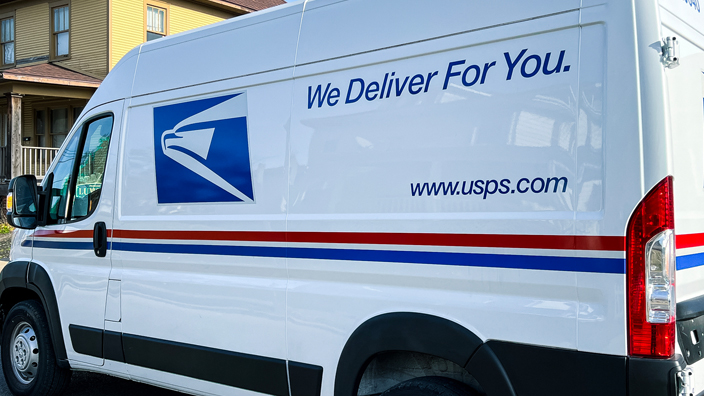
When searching for a "USPS Jeep For Sale," you’ll primarily encounter models from the Jeep DJ-5 series, which were the most numerous and longest-serving. While they all share the basic RHD, 2WD, and often stripped-down postal specification, there were several iterations:
- DJ-5 (1965-1967): The original five-door version, typically powered by a Hurricane F4-134 four-cylinder engine.
- DJ-5A (1968-1970): Switched to an AMC 153 cu in (2.5 L) inline-four engine.
- DJ-5B (1971-1972): Introduced the AMC 232 cu in (3.8 L) inline-six engine, offering more power.
- DJ-5C (1973-1974): Minor cosmetic and mechanical updates.
- DJ-5D (1975-1976): Saw the introduction of the AMC 258 cu in (4.2 L) inline-six engine, and some later models used the AMC 121 cu in (2.0 L) Audi/VW engine.
- DJ-5E Electruck (1974-1975): A rare, experimental electric version, not widely available for sale.
- DJ-5L (1977-1982): The final production model, often equipped with the AMC 151 cu in (2.5 L) GM "Iron Duke" four-cylinder engine.

While less common, you might also find the earlier DJ-3A (1955-1964), which was based on the Willys CJ-3A. These are more vintage and often command higher prices due to their rarity. Understanding these distinctions can help you identify the right model for your needs and budget.
Where to Find a USPS Jeep For Sale
Locating a former USPS Jeep can be an exciting hunt. Here are the primary avenues to explore:
- Government Surplus Auctions: The most direct route for vehicles recently retired from service.
- GovPlanet / IronPlanet: Often sells large batches of government surplus vehicles, including former postal Jeeps, alongside other equipment. Registration is usually required.
- GSA Auctions: The U.S. General Services Administration occasionally lists vehicles, though dedicated postal Jeeps are less common now as most have been phased out.
- Online Marketplaces:
- eBay Motors: A wide variety of conditions, from parts vehicles to running examples. Be prepared for national shipping.
- Craigslist / Facebook Marketplace: Excellent for finding local listings. Always inspect in person before committing. Search terms like "Jeep DJ," "postal Jeep," "mail Jeep," or "RHD Jeep."
- Specialized Classic Car Websites/Forums: Websites dedicated to vintage Jeeps or military vehicles might have classifieds sections. Online forums are also great places to ask for leads.
- Specialized Dealers/Brokers: Some classic car dealers or brokers specialize in unique vehicles and may have restored or well-maintained USPS Jeeps, though at a higher price point.
- Word of Mouth / Local Classifieds: Don’t underestimate the power of local connections. Check local auto classifieds, bulletin boards, or inquire at rural post offices (though they won’t sell direct, they might know contractors selling old vehicles).
What to Look For When Buying: A Buyer’s Guide
Buying a vintage vehicle, especially one that has seen decades of commercial service, requires careful inspection. Here’s a checklist of critical areas:
- Rust, Rust, Rust: This is the primary enemy of former postal Jeeps.
- Frame: Check the main frame rails, especially near spring mounts, cross members, and body mounts. Look for perforations, significant flaking, or previous patch jobs.
- Floorboards: The driver’s side, in particular, often suffers from rust due to water ingress and constant use. Check cargo area floors too.
- Body Panels: Look at the rocker panels, wheel wells, door bottoms, and the lower sections of the rear quarter panels.
- Undercarriage: Inspect fuel lines, brake lines, and exhaust for corrosion.
- Mechanical Condition:
- Engine: Check for oil leaks, unusual noises (knocking, ticking), excessive smoke from the exhaust (blue for oil, white for coolant, black for rich fuel mixture). Ask about recent maintenance.
- Transmission: Ensure it shifts smoothly through all gears. Listen for grinding or clunking. Most DJs came with automatic transmissions.
- Brakes: Check for spongy pedal feel, pulling to one side, or grinding noises. Inspect brake lines and drums/discs (if converted).
- Suspension: Look for sagging, broken leaf springs, worn bushings, or leaky shocks.
- Steering: Excessive play in the steering wheel indicates worn steering box or linkage components.
- Electrical System: Often neglected. Test all lights (headlights, tail lights, turn signals), wipers, horn, and dashboard gauges.
- RHD Mechanism: Pay close attention to the right-hand drive steering linkage. Ensure it operates smoothly and without excessive slop.
- Tires: Check tire age and tread depth. Old, cracked tires will need immediate replacement.
- Interior: While basic, check the condition of the single seat, dashboard (cracks, missing knobs), and door functionality.
- Paperwork: Ensure the seller has a clear title in their name. Verify the VIN. Service records are rare but a huge bonus.
- Post-Service Modifications: Be wary of poorly executed modifications. Look for signs of amateur wiring or structural alterations.
Practical Advice: Bring a knowledgeable friend, a flashlight, and a magnet (to detect body filler over rust). Don’t be afraid to ask questions and take your time inspecting the vehicle. Factor in potential repair costs when negotiating the price.
Common Challenges and Solutions
Owning a former USPS Jeep comes with its unique set of quirks and challenges, but most have practical solutions:
- Parts Availability: While common mechanical parts (engine, transmission components) are often shared with other AMC/Jeep vehicles of the era, specific body panels, unique RHD components, and interior pieces can be challenging to source.
- Solution: Join online forums and owner groups, explore aftermarket suppliers, visit salvage yards, or consider custom fabrication for rare body parts.
- Rust Mitigation: If not addressed, rust will continue to spread.
- Solution: Thorough rust treatment (sandblasting, rust converters), welding in new metal, and applying protective coatings. Regular washing and keeping the vehicle dry will prevent new rust.
- Lack of Modern Amenities: Most DJs lack air conditioning, power steering (earlier models), power brakes, or even a proper heater.
- Solution: Install aftermarket heaters/fans, upgrade to power steering/brakes (can be complex), or simply embrace the minimalist experience.
- Low Power and Speed: Stock DJ-5s, especially four-cylinder models, are not highway cruisers. They are built for low-speed, stop-and-go driving.
- Solution: Accept their limitations for their intended use. For more power, engine swaps are possible but significantly increase complexity and cost.
- Safety Features: Minimal by modern standards (no airbags, basic seatbelts).
- Solution: Ensure seatbelts are present and functional. Drive defensively and be aware of your surroundings. Some owners upgrade lighting or add roll bars (for off-road use, not typical for postal Jeeps).
- Insurance and Registration: Some states might have specific requirements for RHD vehicles or classic/vintage registrations.
- Solution: Check with your local DMV and insurance provider beforehand. Classic car insurance often offers better rates for these types of vehicles.
Restoration, Customization, and Practical Uses
The beauty of the USPS Jeep lies in its versatility. Owners take various approaches:
- Restoration: Many aim to bring these Jeeps back to their original postal glory, often repainting them in the iconic white and adding original decals. This is a labor of love for history buffs.
- Customization: Others see them as a blank canvas. Engine swaps (V6 or V8 for more power), suspension lifts, custom interiors, and unique paint schemes are common. They can be transformed into quirky daily drivers, beach cruisers, or promotional vehicles.
- Practical Uses:
- Rural Mail Contractor: For independent contractors, a well-maintained RHD DJ can be a cost-effective and practical choice for mail delivery.
- Farm Vehicle: Their small size and ruggedness make them excellent for navigating fields, carrying tools, or light hauling.
- Campus/Estate Vehicle: Ideal for moving around large properties or university campuses.
- Advertising/Promotional: Their unique look makes them eye-catching for businesses looking for a distinctive mobile advertisement.
- Novelty/Parade Vehicle: A fun and unique vehicle for weekend cruises, car shows, or local parades.
USPS Jeep For Sale: Estimated Price Table
Prices for former USPS Jeeps vary wildly based on condition, model year, engine type, and location. The table below provides a general estimate for a DJ-5 series Jeep. These are estimates only and should be used as a guideline.
| Condition Category | Estimated Price Range (USD) | Notes/Description |
|---|---|---|
| Project Vehicle | $500 – $2,500 | Significant rust, non-running engine, major mechanical issues, incomplete. Requires full restoration. |
| Running/Driving (Fair) | $2,500 – $6,000 | Runs and drives, but likely has significant rust, needs mechanical attention (brakes, suspension), worn interior. |
| Good Condition | $6,000 – $12,000 | Minimal rust, mechanically sound (may need minor fixes), decent interior, presentable paint. Could be a daily driver. |
| Restored/Excellent | $12,000 – $25,000+ | Professionally restored or very well-maintained original. Little to no rust, excellent mechanicals, show-ready. |
Frequently Asked Questions (FAQ) about USPS Jeeps
Q: Are USPS Jeeps street legal?
A: Yes, generally. As long as they meet standard safety requirements for your state (lights, brakes, seatbelts, etc.) and have a clear title, they can be registered and driven on public roads. You may need to ensure proper turn signals and brake lights are functioning, as some very old models had minimal lighting.
Q: Can I use a USPS Jeep for daily driving?
A: While possible, it’s not ideal for long highway commutes. They are best suited for urban, suburban, or rural driving at lower speeds. Their lack of modern amenities (AC, power steering, safety features) and limited power make them less comfortable for daily highway use.
Q: Are parts hard to find for USPS Jeeps?
A: Common mechanical parts (engine, transmission components) are often shared with other AMC/Jeep vehicles of the era and are relatively available. However, body panels, specific RHD steering components, and interior trim unique to the DJ series can be challenging to source. Online communities and specialized salvage yards are your best resources.
Q: Why are they right-hand drive (RHD)?
A: The RHD configuration allowed mail carriers to easily reach roadside mailboxes without having to exit the vehicle, significantly improving efficiency and safety during delivery routes.
Q: What’s the average fuel economy of a USPS Jeep?
A: Fuel economy is generally poor by modern standards, typically ranging from 10-18 miles per gallon (MPG) depending on the engine, transmission, and driving conditions.
Q: What are the most common problems with these Jeeps?
A: Rust (especially on the frame and floorboards), worn steering components (leading to play), carburetor issues, and neglected electrical systems are among the most common problems.
Q: Can USPS Jeeps go off-road?
A: No, not in their stock configuration. Unlike their CJ counterparts, DJ series Jeeps are two-wheel drive (2WD) and have a light-duty suspension designed for paved roads. They are not built for off-roading. Any significant off-road capability would require extensive and costly 4WD conversions.
Conclusion
The "USPS Jeep For Sale" market offers a unique opportunity to own a piece of American automotive and postal history. These distinctive right-hand drive vehicles, with their utilitarian charm and robust simplicity, appeal to a diverse range of buyers – from those seeking a practical, quirky daily driver to dedicated collectors embarking on a full restoration.
While they come with their share of challenges, primarily related to age, rust, and parts availability, the rewards of owning and maintaining a USPS Jeep are significant. They are conversation starters, versatile workhorses, and increasingly, valuable collector’s items. By approaching your search with a clear understanding of their unique characteristics, potential pitfalls, and the joy they can bring, you can successfully navigate the market and find your very own iconic piece of postal heritage. The journey of preserving and enjoying these humble yet legendary vehicles is a testament to their enduring appeal.



